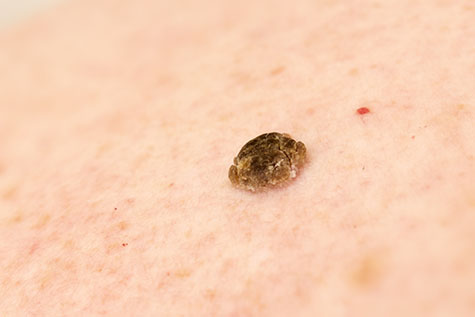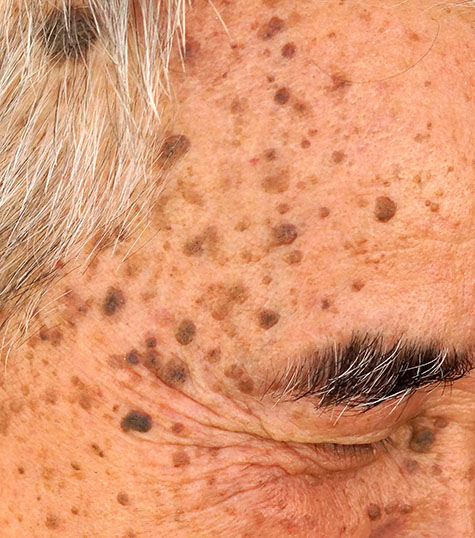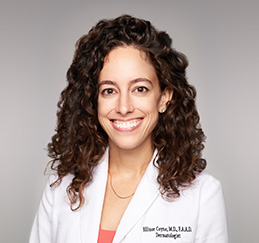What Causes Seborrheic Keratoses?

The exact cause of seborrheic keratoses is unknown. However, research and observation has suggested the following information regarding these skin lesions:
- Seborrheic keratoses tend to run in families
- Sun exposure may contribute to seborrheic keratoses
- Seborrheic keratoses are not contagious
Who Gets Seborrheic Keratoses?
Just about anyone can get seborrheic keratoses. However, the condition tends to be more common if you:
- Have fair skin
- Have a family member with seborrheic keratoses
- Are pregnant
- Are undergoing estrogen replacement therapy
- Are middle-aged or are older
Seborrheic keratoses are also rare in children.
How Can I Prevent Seborrheic Keratoses?
Since seborrheic keratoses may be related to excessive sun exposure, you may possibly prevent them by minimizing sun exposure, wearing sunscreen, and sun-protective clothing. However, most seborrheic keratoses are not preventable.
Why Treat Seborrheic Keratoses?
It is important to see a board-certified dermatologist to have your skin lesion in question evaluated to confirm the diagnosis of a seborrheic keratosis and ensure the lesion is not a more serious and potentially dangerous skin lesion. Once a board-certified dermatologist confirms the diagnosis of a seborrheic keratosis, you can choose to pursue treatment if the growth:
- Continues growing larger
- Becomes irritated easily
- Bleeds
- Gets caught on clothing or jewelry
- Bothers you cosmetically

How Can I Treat Seborrheic Keratoses?

At Arlington Dermatology, our dermatologists most commonly treat seborrheic keratoses by simply removing the growths. This can be achieved with:
- Shave removal
- Cryotherapy (freezing with liquid nitrogen)
- Electrocautery
- Curettage
Each of these methods may be undertaken after administering a numbing cream or local anesthetic to the area, so the procedure is painless.
Schedule an Appointment
If you have a wart-like growth that is irritating or unsightly, you may have a seborrheic keratosis, and a board-certified dermatologist can easily and effectively remove it.
To schedule an appointment with Arlington Dermatology, call our office or request your appointment using our online form.


